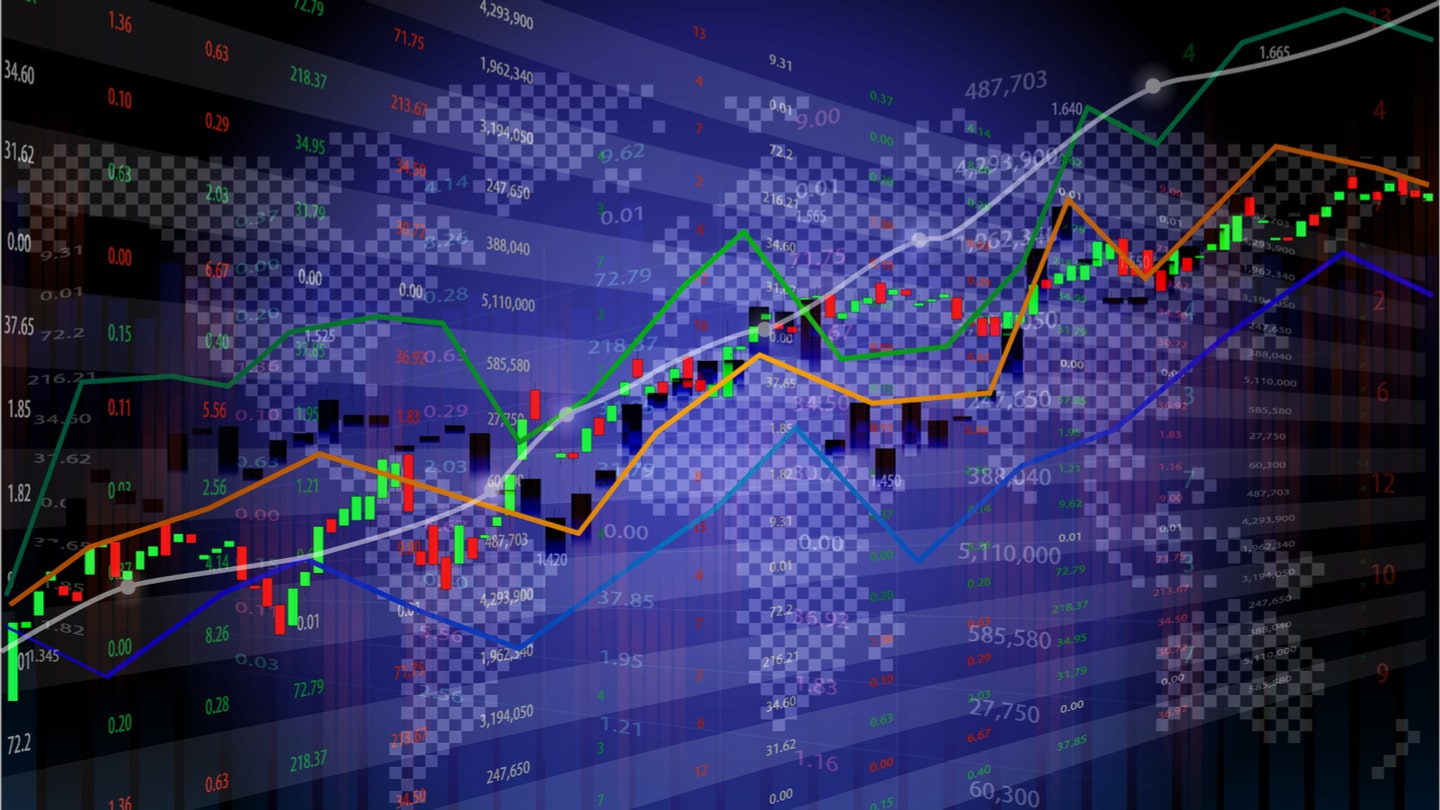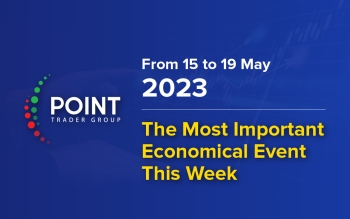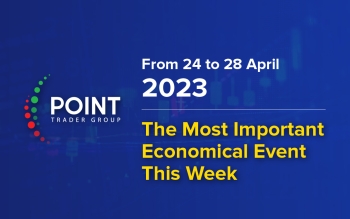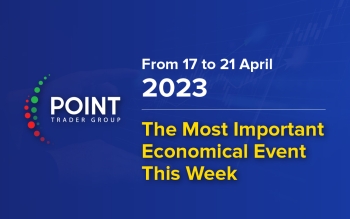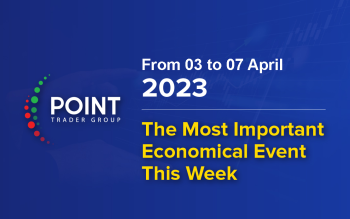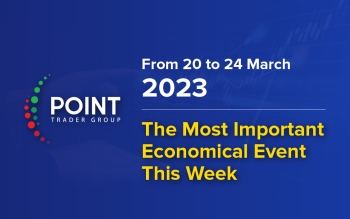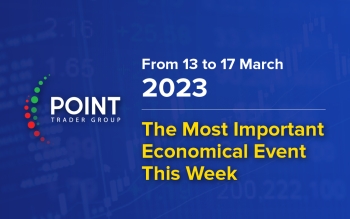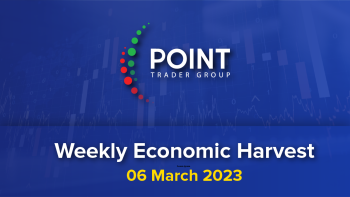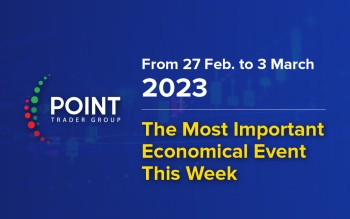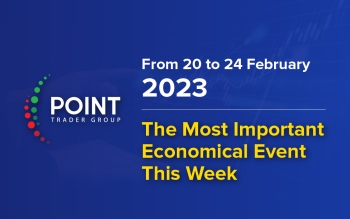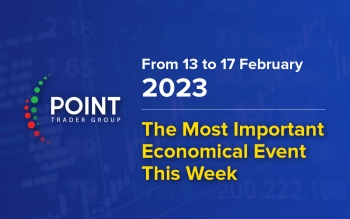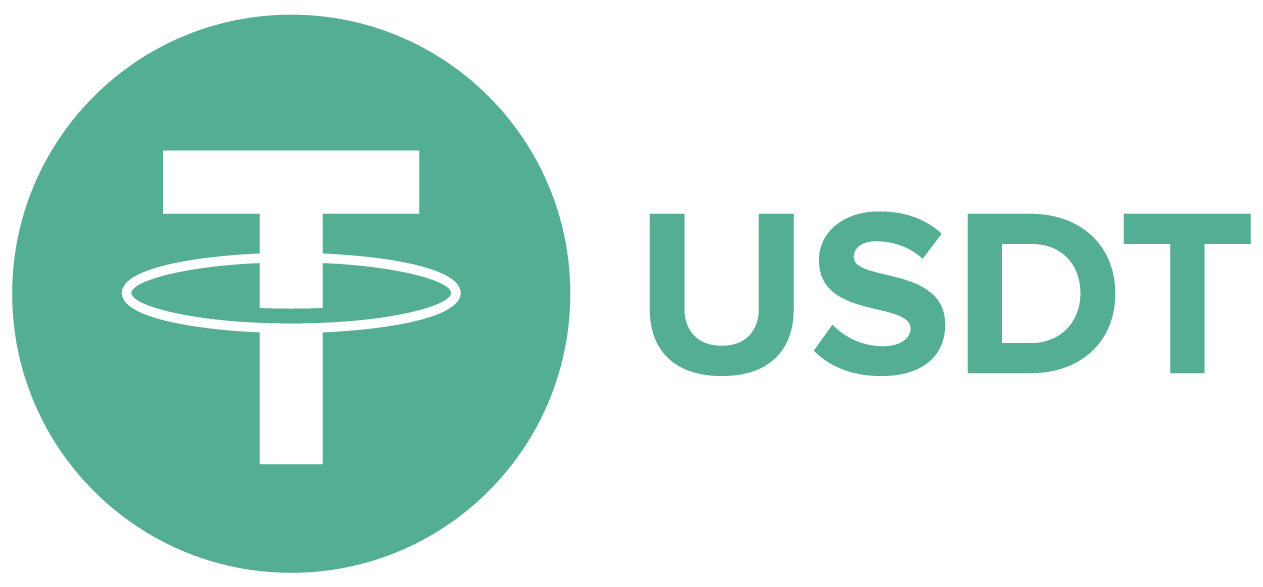The most important economic events this week from the 10th to the 13th of August 2021
US Nonfarm Payrolls peaked last week with +935,000 jobs for July. In addition, the unemployment rate fell from 5.9% in June to 5.4%! This week will be full of speculation as to whether this additional substantive progress is enough to warrant a phased announcement at the Jackson Hole symposium at the end of August. In addition, the Reserve Bank of Australia and the Bank of England met last week. The two central banks appear to be on different paths, with the Reserve Bank of Australia poised to taper off despite an increase in coronavirus cases, and the Bank of England preparing markets for a future rate hike as coronavirus cases decline. This week, the Central Bank of Turkey and the Bank of Mexico will meet: monetary policy may differ slightly in emerging market countries. UK Q2 GDP, Australian employment, and US inflation will also be watched!
non-farm jobs
The US added 935,000 non-farm jobs to the economy in July. The unemployment rate fell to 5.4% from 5.9%, and average hourly earnings rose 0.4% from the previous month, bringing the year-over-year reading to 4%! These are the numbers the Fed wants to see. Remember, the Fed said at the last FOMC meeting that progress was being made toward tapering targets. However, Powell, along with other FOMC speakers recently, said they wanted to see the jobs data. This suggests that printing the non-farm payroll may not be enough information for the FOMC to determine if “other substantial progress” has been made. Markets will be discussing this over the next few weeks towards the end of August and the Jackson Hole symposium, where Fed governors have been known to make changes to monetary policy in the past. Until then, we may enter a "summer slump," as traders position themselves ahead of the event.
central banks
Speaking of central banks, the Reserve Bank of Australia and the Bank of England met last week. To the surprise of many market participants, the RBA did not reverse course and increased asset purchases, although they said they were ready to do so. The RBA has been in tapering mode, but with an increase in coronavirus cases, the RBA remains confident that the shutdowns will be temporary and look forward to autumn. The Bank of England was also more hawkish than expected, albeit slightly. The highlight of the meeting was that the central bank said it would start emptying its stock of bonds when interest rates rose to 0.5%. Previously, they said it wouldn't happen until rates hit 1.5%, but Governor Bailey wanted to lay out a clearer path toward getting rid of quantitative easing.
More central banks
If markets are slow this week and looking for some potential volatility, head no further than the Turkish Lira and Mexican Peso. The Central Bank of Turkey and the Central Bank of Mexico are meeting this week. Turkey's inflation rate for July was 18.95%, just a few basis points below the central bank's current key interest rate of 19.00%. The central bank had said earlier that "the policy rate will continue to set a higher level of inflation, in order to maintain a strong anti-inflationary effect." This would mean tightening. However, Turkish President Erdogan wants lower rates and even went so far as to dismiss the last central bank governor in March to raise interest rates. Will the current governor, Kavcioglu, come under pressure, or will he maintain or increase the rates? Watch this Thursday meeting to learn about the fluctuations of the Turkish lira.
Mexico's central bank also meets this week. At their last meeting on June 24, the Bank of Mexico's rating rose to 4.25%. The central bank said it expects inflation and inflation expectations to rise and remain at stable levels above the 3% target over the medium and long term. Mexico will release inflation for July on Monday. The forecast is 5.76% on an annualized basis versus 5.88% in June. Will the Bank of Mexico surprise the markets again by raising rates? The Mexican Peso has the potential for big swings this week!
Economic data
The week following the NFP tends to be light on the economic data front, and this month is no exception. The US CPI will be the main headline that the media will focus on. However, traders may look to exceed this number. Whether you think the CPI is temporary or not doesn't really matter... What the Fed thinks is what matters, and Powell says it's temporary. Therefore, this month's CPI data may not be very significant (unless it is far from its forecast of 4.4% y/y). German ZEW, UK Prel GDP will be monitored for the second quarter and employment change in Australia. Other important economic data releases are as follows:
Tuesday
Australia: Final Building Permits (June)
Germany: Economic Sentiment Index
US: Labor costs for the previous unit (Q2)
US: Prel Nonfarm Productivity (Q2)
US: 3-Year Bond Auction
Wednesday
Australia: Consumer Confidence Change (August)
Germany: Final Inflation Rate (July)
US: US CPI (July)
US: 10-year bond auction
United States: Crude stocks
Thursday
Japan: Producer Price Index
Australia: Wage Rate Increase (Q2)
China: Auto Sales (July)
United Kingdom: Trade Balance (June)
UK: Prel GDP growth rate (Q2)
United Kingdom: Industrial Production (June)
UK: Manufacturing Production (June)
European Union: Industrial Production (June)
Turkey: Interest Rate Decision
US: PPI (July)
US: Initial Jobless Claims (week ending August 7)
US: 30-year bond auction
Mexico: Interest Rate Decision
Friday
Australia: Consumer Inflation Expectations (August)
Australia: Recruitment Change (July)
European Union: Trade Balance (June)
Canada: Producer Price Index
US: Michigan Consumer Confidence (August)


 English
English


